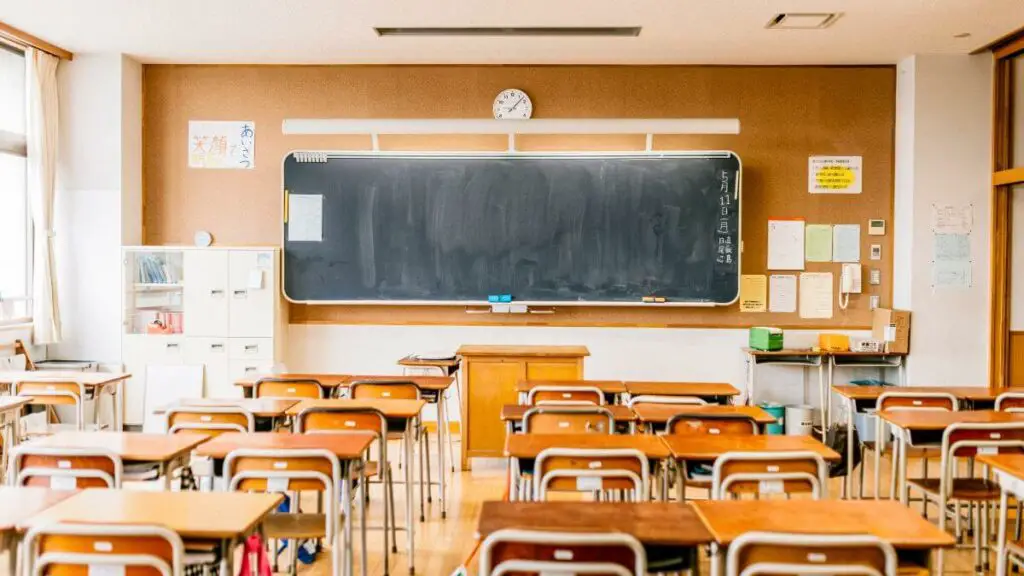As more states take steps toward requiring standalone Personal Financial Literacy classes for K-12 students in public schools, they should be cognizant of the need to place that course correctly into the curriculum. This can sometimes be difficult, as there are many subjects that the public wants students to learn. With demands for students to be well-rounded and college-ready, it can be difficult to require one more class. Fortunately, a strong plurality of personal finance teachers agree that a Personal Financial Literacy class should be reserved for 12th graders (seniors in high school).
The survey of some 2,400 teachers, conducted by Next Gen Personal Finance, found that 80 percent felt 11th or 12th grade was optimal placement for a one-semester Personal Financial Literacy class. Of that 80 percent, a majority felt that 12th grade was preferable. This makes intuitive sense, as 12th grade is also when most students take their Economics class and may also take a Financial Math course.
Younger Teens May Lack Experience to Engage With Finances
States that sprinkle financial literacy teaching standards throughout the K-12 curriculum, instead of requiring a standalone class, may be doing students a disservice by forcing the material to be overly simplified. Personal finance is a rigorous subject and should have its own time and space. Forcing financial literacy standards to be implemented in elementary or even middle school can result in them being too simplified to prepare high school graduates for the real world. Elementary school lessons on savings accounts are insufficient to prepare teenagers for topics like student loans, diversified investment portfolios, and cryptocurrency!
Aside from simplifying the material to accommodate younger students, these students may engage less with the financial literacy lessons due to a lack of life experience and knowledge of finances. As teenagers get old enough to have a part-time job or regular expenses, they will likely be motivated to take such lessons seriously. A middle-schooler is unlikely to have much experience with regular expenses or making any income and thus may struggle to see the importance of learning the material. Additionally, since you have to be 18 years old to invest in stocks and bonds without a parent-controlled custodial account, teens who are not seniors in high school may see little reason to focus on learning about investing.
12th Grade Features More One-Semester Classes
Secondly, it makes more sense to place a one-semester Personal Financial Literacy class into the senior curriculum due to the presence of other one-semester classes. Younger grades tend to have one-year courses, making it difficult (if not impossible) to fit a one-semester class into the mix. In terms of high schools’ master schedule, Personal Financial Literacy could easily be paired with an Economics class or Government class to fill out an entire year on a student’s schedule. Frequently, seniors in high school have off periods in the spring semester if they have passed all their previous courses. This gives schools a little “wiggle room” to add an additional one-semester class.

